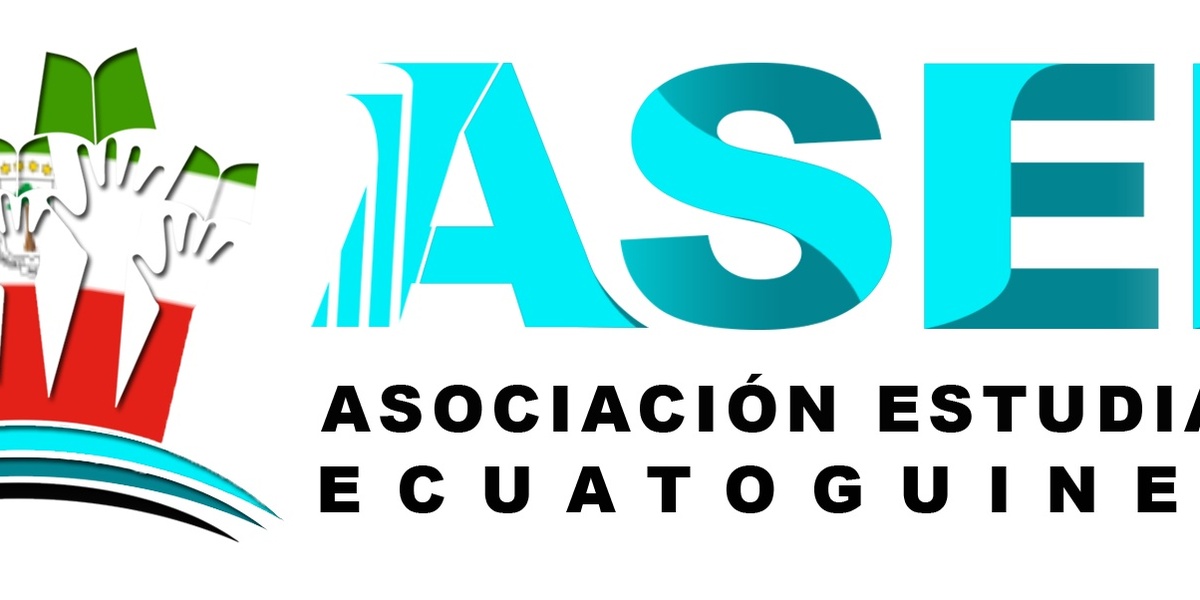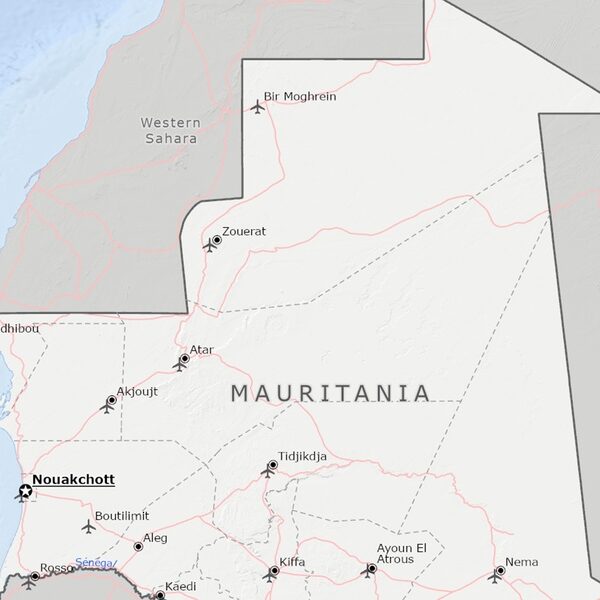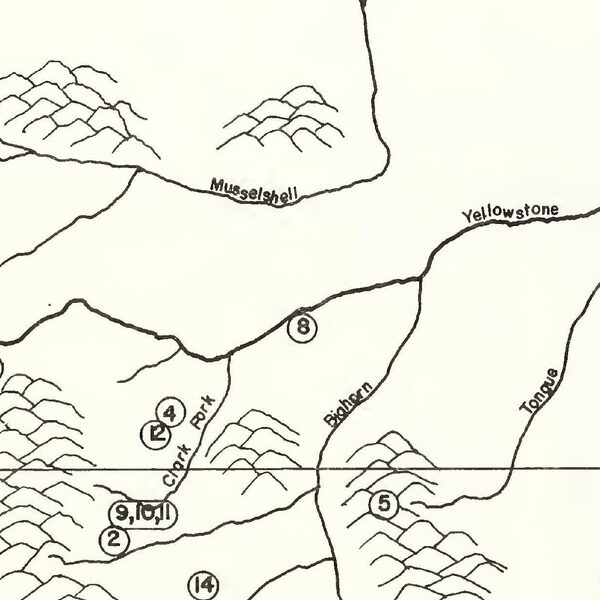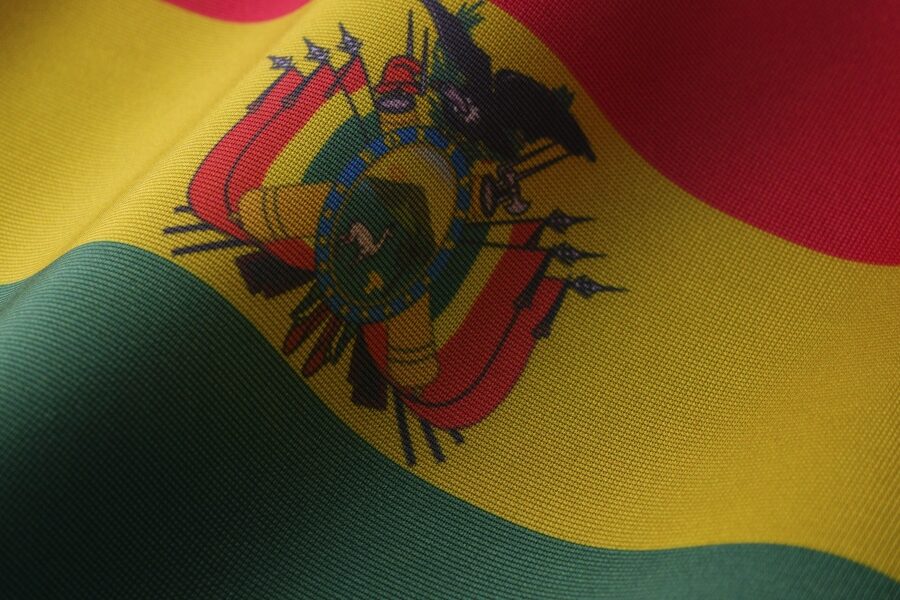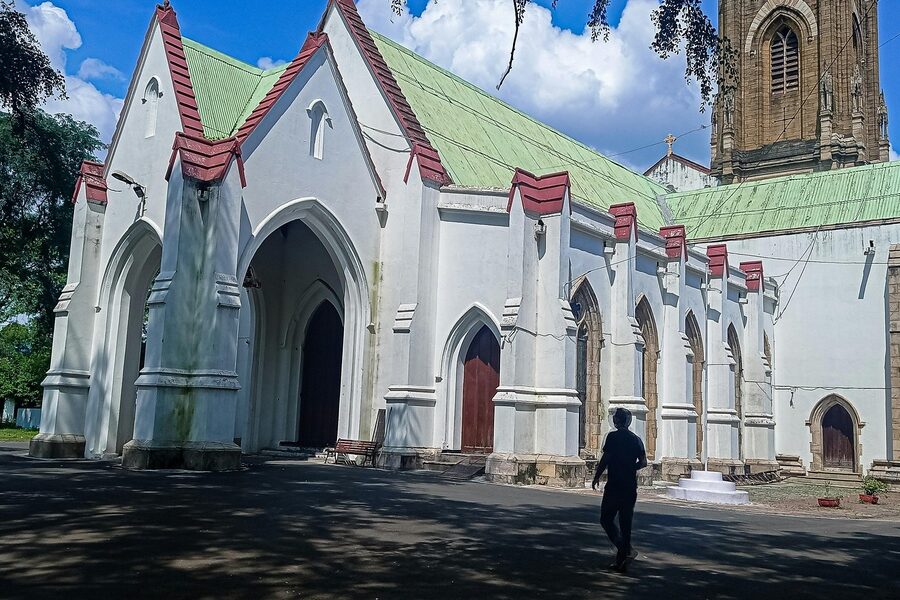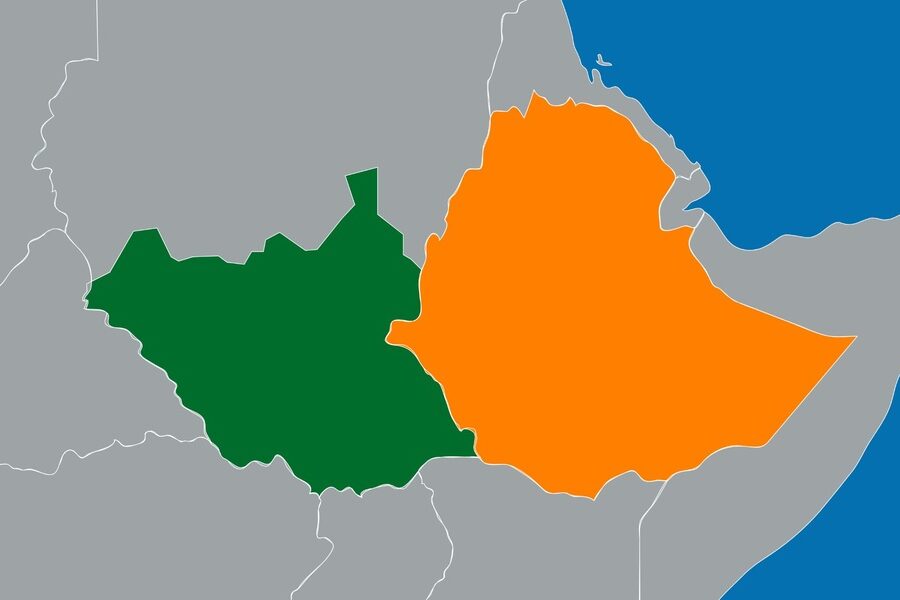Africa’s northwest and Gulf of Guinea shores have long been meeting points for different languages and cultures, and Spanish has left clear traces on both coasts. From islands to mainland territories, the presence of Spanish today reflects history, migration, and administrative ties.
There are 7 Spanish-speaking Countries in Africa, ranging from the Canary Islands to Western Sahara. For each entry the data are organized under the columns Flag, Spanish status, Where spoken — you’ll find below.
Which parts of Africa have the most Spanish speakers?
Equatorial Guinea is the only sovereign African state where Spanish is an official language and where substantial numbers speak it. In addition, Spanish is the everyday language in Spanish territories on African soil (the Canary Islands and the enclaves of Ceuta and Melilla), while Western Sahara retains historical and community-level Spanish use despite not having it as an official language.
Is Spanish ever an official language in Africa?
Yes—Equatorial Guinea lists Spanish as an official language. Outside sovereign states, Spanish is the primary official language in Spain’s African territories (Canary Islands, Ceuta, Melilla), but in disputed or non-sovereign areas like Western Sahara Spanish is present culturally rather than as a current official language.
Spanish-Speaking Countries in Africa
| Name | Flag | Spanish status | Where spoken |
|---|---|---|---|
| Equatorial Guinea | 🇬🇶 | Official national language | Malabo, Bata, Río Muni |
| Western Sahara | 🇪🇭 | Widely used; historical lingua franca | El Aaiún, refugee camps, media |
| Ceuta | 🇪🇸 | Official (autonomous Spanish city) | Citywide; administration, schools |
| Melilla | 🇪🇸 | Official (autonomous Spanish city) | Citywide; schools, administration, markets |
| Canary Islands | 🇪🇸 | Official (part of Spain) | Islandwide: Tenerife, Gran Canaria, Lanzarote |
| Plazas de soberanía (Peñones & Chafarinas) | 🇪🇸 | Official Spanish overseas territories | Garrisoned islets near Moroccan coast |
| Morocco | 🇲🇦 | Historically significant; widely used in north | Tétouan, Tangier, Nador, Rif region |
Images and Descriptions

Equatorial Guinea
Equatorial Guinea is the only African country with Spanish as an official language. Spanish is used in government, education and media, especially in Malabo, Bata and continental Río Muni. Colonial legacy under Spain shaped vocabulary and ongoing cultural ties.
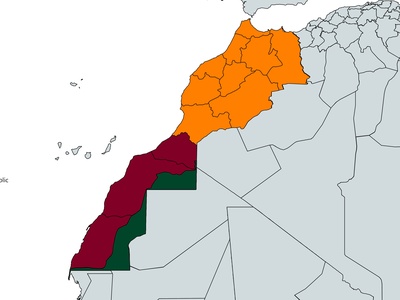
Western Sahara
Former Spanish Sahara where Spanish remains widely spoken among Sahrawis, in media and education, and in refugee camps. Spanish is a colonial legacy and often used as a neutral lingua franca alongside Arabic; many older residents and activists still favor Spanish.
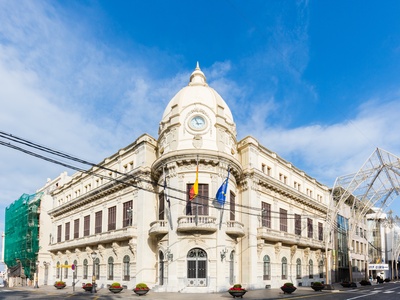
Ceuta
Ceuta is a Spanish autonomous city on Morocco’s Mediterranean coast where Spanish is the everyday official language in government, education, and commerce. Its population uses Spanish as first language despite proximity to Arabic and bilingual influences.
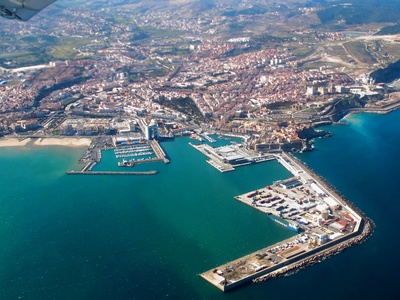
Melilla
Melilla, on Morocco’s northeastern shore, is part of Spain and uses Spanish as the main language for public life, schooling and media. Its multicultural population also speaks Arabic and Tamazight, but Spanish dominates daily administration and commerce.
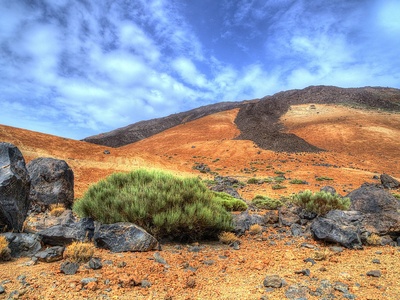
Canary Islands
The Canary Islands are Spanish territory off northwest Africa where Spanish is the official and everyday language. Local dialects reflect Atlantic, Andalusian and Latin American influences, and the islands are a major tourist destination using Spanish in all public spheres.

Plazas de soberanía (Peñones & Chafarinas)
Spain’s small plazas de soberanía, like Peñón de Vélez, Alhucemas and Chafarinas, are African islets under Spanish control. Spanish is the administrative and everyday language for military and any civilian staff, reflecting lingering colonial borders.
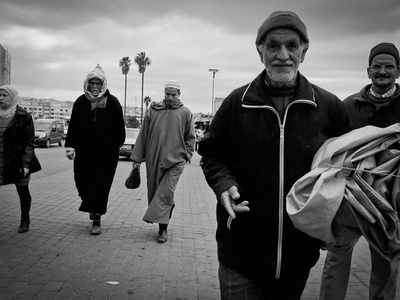
Morocco
Northern Morocco was a Spanish protectorate and Spanish still appears in education, commerce, media, and older generations’ speech. In border areas and tourist hubs, Spanish is a useful second language and shapes local vocabulary and cultural exchanges.

